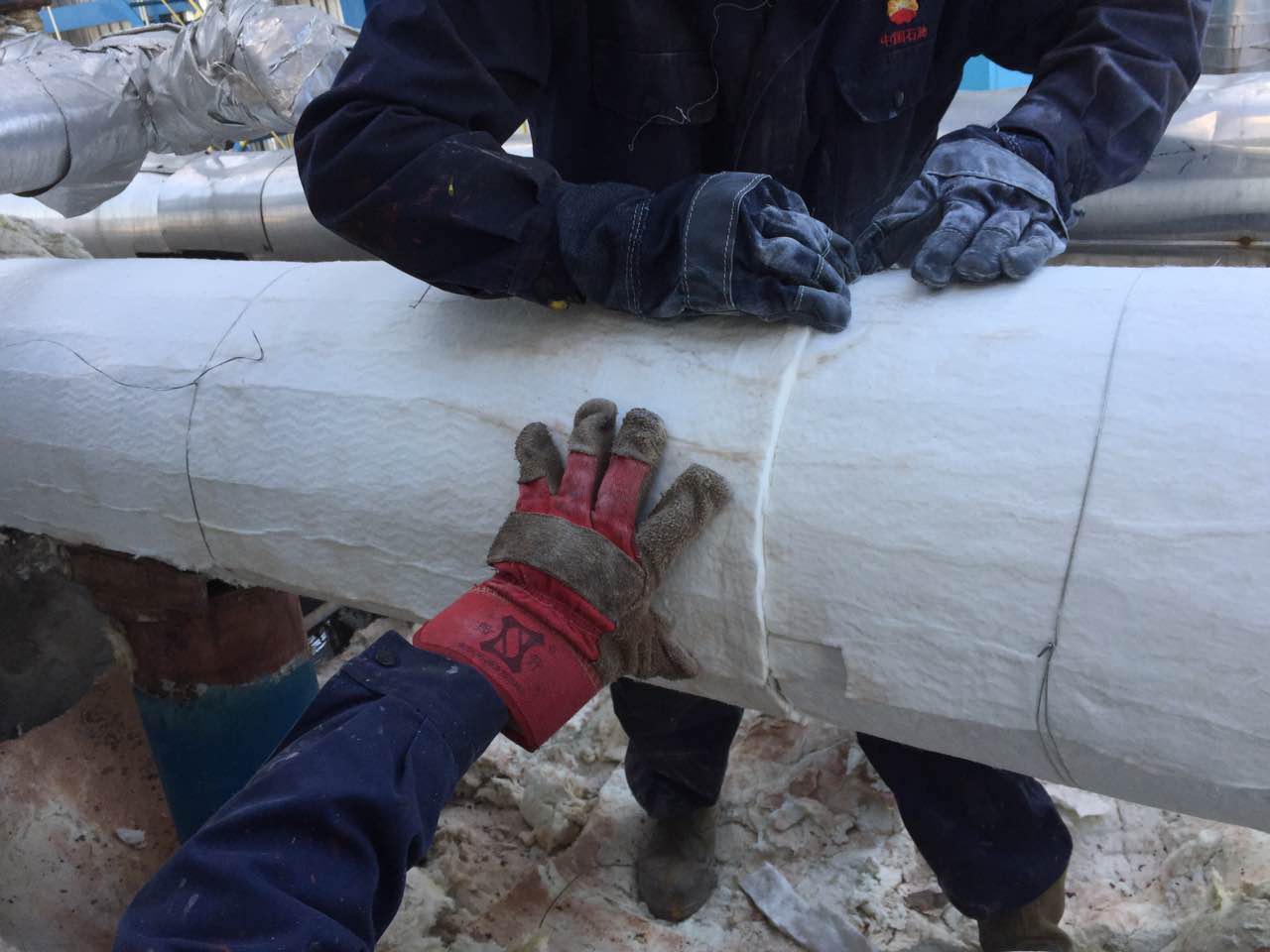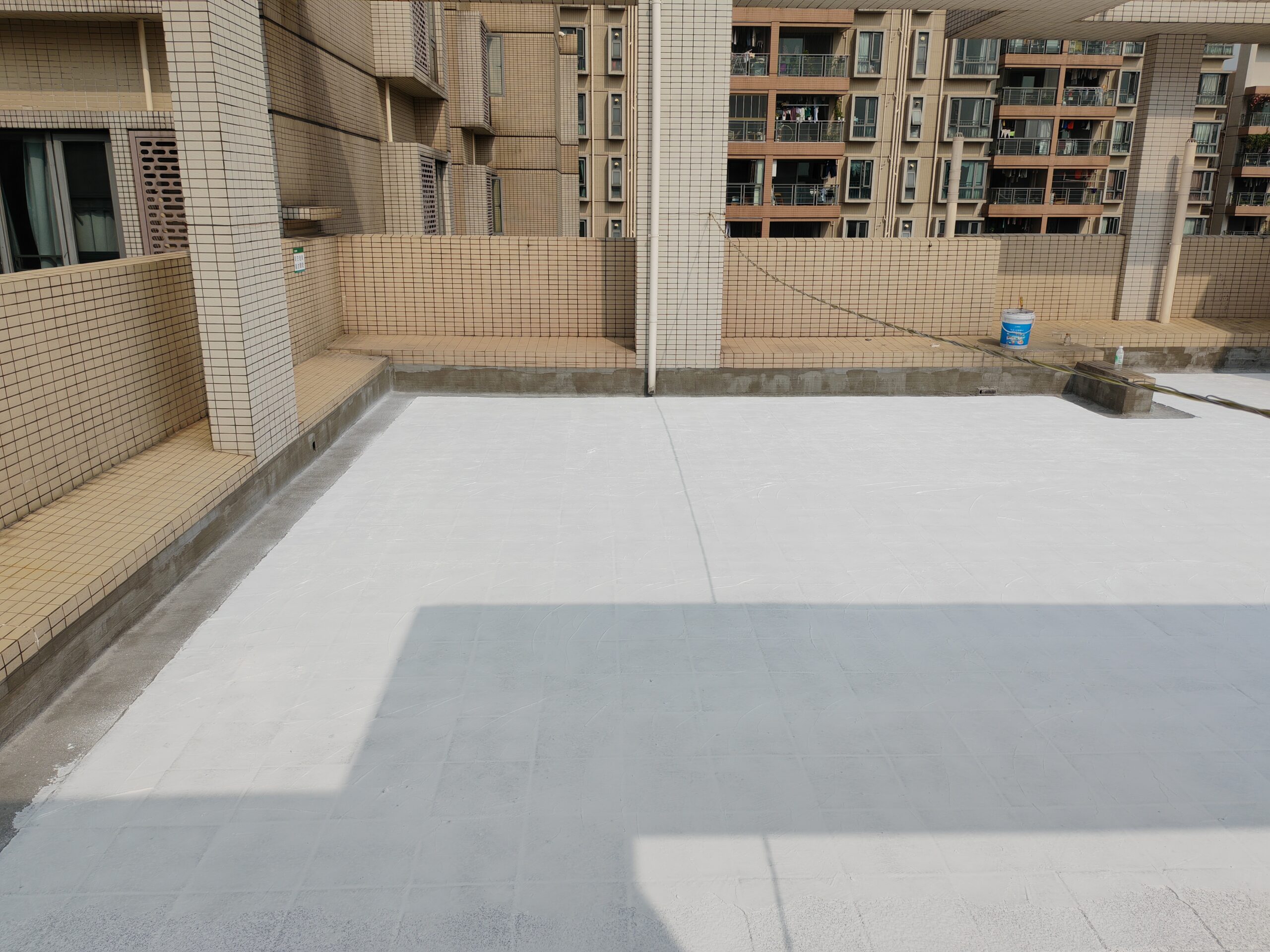Aerogel, renowned as the “king of thermal insulation,” is transforming vehicle safety and efficiency with its nano-porous structure (>90% porosity) and ultra-light density (as low as 3 kg/m³). This space-age material boasts thermal conductivity 10 times lower than traditional ceramics, making it indispensable for electric vehicles (EVs) battling thermal runaway risks in batteries and overheating motors.
Battery Safety: Preventing Thermal Runaway
The core application lies in EV battery packs, where aerogel acts as a critical thermal barrier. When lithium-ion cells fail, temperatures can spike to 1,300°C in seconds. Aerogel’s ultra-low thermal conductivity (0.012–0.020 W/m·K) isolates heat, delaying fire spread and providing crucial escape time:

- Xiaomi’s SU7 Ultra embeds 170 sheets of 1mm aerogel between cells, withstanding 1,200°C flames for 15 minutes.
- Huawei’s Aito M9 uses aerogel in a five-layer safety system, preventing fires for 30 minutes post-thermal failures.
- Tesla’s Model Y places aerogel atop 4680 cells to block heat transfer to the cabin4.
Tests by Nanjing Tech University showed 2.8mm aerogel limited neighboring cell temperatures to 172°C during thermal runaway, preventing cascading failures.
Beyond Safety: Efficiency and Performance Gains
Aerogel’s benefits extend beyond fire protection:
- Lightweighting: Its negligible weight reduces overall pack mass, extending driving range.
- Thermal Management: In motors, it insulates heat-sensitive components while enhancing heat dissipation via its high surface area (500–1,000 m²/g).
- Cabin Comfort: Integrated into interiors, it improves acoustic insulation and reduces HVAC load by blocking external heat.
Notably, XPeng reports that 3mm aerogel layers in its P7i battery boosted cooling capacity by 160% and winter range by 15%.
Market Surge and Challenges
Driven by safety regulations like China’s 5-minute thermal runaway rule, aerogel adoption is accelerating. By 2025, the EV sector alone will demand 18 million m² of aerogel annually—a 50% penetration rate—creating a ¥4.32 billion ($604 million) market in China26. Globally, EVs could drive 60% of the aerogel market by 2034, valued at $2.6 billion.
Yet barriers persist: high costs (~¥240/m²) and fragility complicate mass production. Innovations like silica-carbon composites and automated encapsulation aim to lower prices while enhancing durability.
Future Trajectory
As EV energy densities climb and fast-charging expands, aerogel’s role will intensify. Next-generation variants may integrate phase-change materials for dynamic heat absorption or self-healing networks to repair micro-cracks48. With giants like CATL and Tesla scaling deployment, this “solid smoke” is poised to become as fundamental to EVs as the battery itself.
Aerogel’s nano-architecture—where air occupies 90%+ volume—enables record-low heat transfer while weighing barely more than air itself, making it the silent guardian of EV safety and efficiency.


